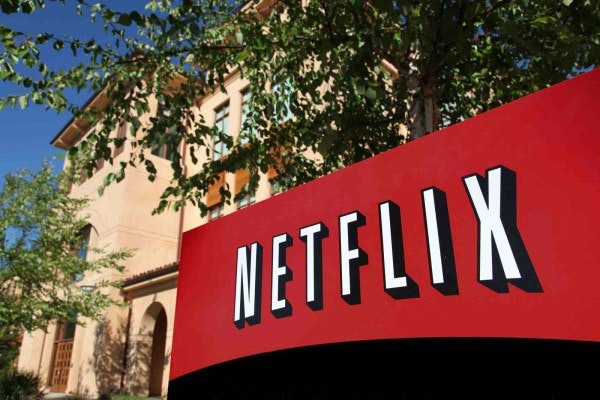As investors, it’s easy to bury our noses in financial reports and stock charts when making decisions about where to put our money. But the fact of the matter is, we’d be well-served to lift up our eyes and enter the real world.
The feeling you get while at a place of business, the culture that exists there, and the effects that the products/services a company produces have in the world are just as valuable. If you don’t believe me, read below to see what I mean, and at the end of the article, I’ll offer up access to a special premium report on a company whose stock has been booming lately.
A study from 2009
Glassdoor.com is a pretty fascinating website. If you’ve never used it before, I suggest you check it out. Employees and former employees can anonymously rank the company they work(ed) for on several different metrics.
Every year, Glassdoor comes out with a list of the “Best Places to Work” based on all of the information it collects. If we go back to 2009, the first year Glassdoor put out its list, we can glean some lessons from its findings. And because it’s been about four years since the initial list came out, enough time has elapsed to eliminate some short-term conclusions.
If nothing else, one conclusion is clear: Investing in these companies back in 2009 would have been lucrative. Though Netflix, Inc. (NASDAQ:NFLX) and Whole Foods Market, Inc. (NASDAQ:WFM) account for a lion’s share of the gains, if you were to have invested an equal amount in each of these 10 companies in 2009, your return would have been 221%, just about tripling the return of the S&P 500.

| Company | Ranking | What It Does | Total Return | Revenue Increase |
|---|---|---|---|---|
| General Mills, Inc. (NYSE:GIS) | 1 | Food | 82% | 20% |
| Netflix, Inc. (NASDAQ:NFLX) | 3 | Streaming and DVD movies | 509% | 152% |
| Adobe Systems Incorporated (NASDAQ:ADBE) | 4 | Imaging and video | 83% | 26% |
| Whole Foods Market, Inc. (NASDAQ:WFM) | 6 | Healthy and organic food | 805% | 53% |
| Google Inc (NASDAQ:GOOG) | 7 | Internet search and advertising | 153% | 127% |
| SAP AG (ADR) (NYSE:SAP) | 8 | Software | 132% | 132% |
| NetApp Inc. (NASDAQ:NTAP) | 10 | Data storage | 129% | 85% |
| Intuit Inc. (NASDAQ:INTU) | 11 | Tax and small-business solutions | 173% | 36% |
| FactSet Research Systems Inc. (NYSE:FDS) | 13 | Financial information provider | 108% | 36% |
| The Procter & Gamble Company (NYSE:PG) | 15 | Household goods conglomerate | 41% | 9% |
Source: Glassdoor, YCharts.
But truth be told, I’m not sure stock returns are a fair measurement. Employees themselves have very little control over the stock price of the company they work for — that is determined largely by other investors. And though employees don’t have total control over the revenue that their company brings in, they certainly have more control over it than they do a stock’s price.
When we look at how revenue has changed since these 10 companies were named, we can see that the outperformance continued. Since the beginning of 2009, revenue for the S&P 500 companies has remained virtually flat.
Lessons learned from our upstarts
Growth, though exciting, can be a difficult thing for a company to pull off over an extended period of time. The gutters of Wall Street are full of examples of companies that bit off more than they could chew, and didn’t survive because of it.
That’s why it’s important to look at employee satisfaction. At companies like Whole Foods Market, Inc. (NASDAQ:WFM), Google Inc (NASDAQ:GOOG), and Netflix, Inc. (NASDAQ:NFLX), efforts to make employees feel appreciated are well documented. Whole Foods allows individual stores and teams to function with relative autonomy, and no executive is allowed to earn more than 19 times the average employee’s cash salary. It probably doesn’t hurt that co-CEO John Mackey takes home $1 per year in cash salary.
Google Inc (NASDAQ:GOOG), on the other hand, is well known for giving its employees 20% of their working hours as experimentation time.

Credit: Google
This means that while employees are expected to continue working for the betterment of the company, there are no restrictions on what they can explore. According to some former employees, half of Google Inc (NASDAQ:GOOG)’s products are direct results of 20% time.
And though many Netflix, Inc. (NASDAQ:NFLX) employees talk about how the quickly changing and stressful dynamic of the company can take its toll, they love that for the company it’s the quality of work — not quantity of time spent at a desk — that really matters. Sometimes, that means that if you work best from home, that’s what you should be doing.
This is really impressive


